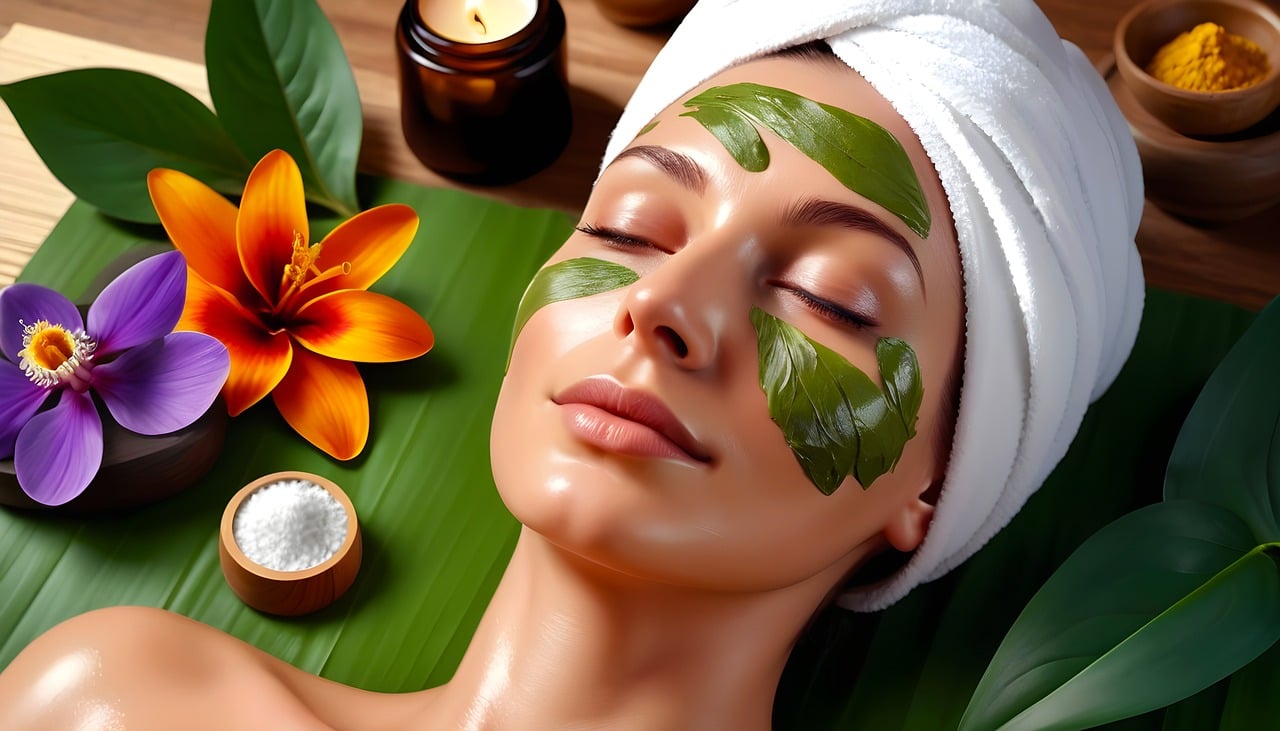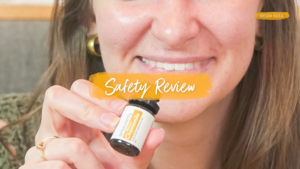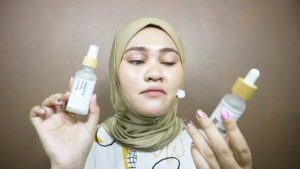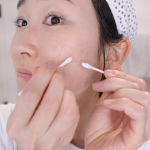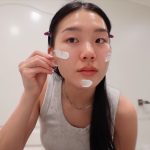It is not only about the products you use in the world of skincare to accomplish glowing and young-looking skin but also how you use them. When you layer your skincare products properly, they will be made much more useful hence making the most out of your beauty routine. This comprehensive guide will explain the science behind layering skin care products and give practical tips for achieving maximum results.
Understanding the Basics of Skincare Layering
Why Layering Matters
When each product is correctly layered, it ensures that it penetrates effectively through the skin and delivers its intended purpose. The idea behind this is to apply them in a way that maximizes their absorption as well as efficacy. If done correctly, layering can simultaneously address multiple skin concerns like moisturizing, anti-aging and environmental protection.
The Fundamental Rule: Thin to Thick
In general skincare principles direct that we should apply our products from thinest to creamier consistencies. In this way lighter non-greasy items may sink into without being blocked by heavier oils or creams. Normally this pattern starts with water-based and ends with oil based or occlusive preparations.
Step-by-Step Guide to Layering Skincare Products
Step 1: Cleansing
Morning Routine: Begin your day by getting rid of overnight oils with a gentle cleanser. Opt for one having no sulfates since such can strip away natural moisture from your face.
Evening Routine: You may want to consider double cleansing at night. Use an oil-based cleanser first to remove sunscreen and makeup, then follow up with a water-based cleanser to eliminate any remaining dirt.
Step 2: Toning
Toners help balance pH levels on our skin which prepares it for further product application on clean skin above all else they hydrate too when modern ones are used. Pick a toner according to your type; hydrating toners for dry/mature skin, clarifying toners for oily/acne-prone types.
Step 3: Essence
Essences are light hydrating products that increase the moisture levels in the skin enabling subsequent products to perform better than before. They are usually enriched using actives like hyaluronic acid, glycerin or fermented extracts which have been proven to improve texture plus radiance.
Step 4: Serum
Serums are highly concentrated treatments used for addressing specific skin concerns like wrinkles, hyperpigmentation, and acne. That is why they can penetrate deeper into the skin as they have a smaller molecular structure. Apply serums containing ingredients such as vitamin C, retinol or peptides that cater to your needs.
Step 5: Eye Cream
The eye area is usually delicate and it’s one of the first areas to show signs of aging. Eye creams tend to treat problems such as puffiness, dark circles and fine lines. Apply eye cream gently using your ring finger to avoid tugging at the skin.
Step 6: Moisturizer
Moisturizers are crucial in hydrating our skins and sealing in all those previous layers we had applied. They come in various forms which include lotions, gels, and creams so that different skin types are catered for adequately. Go for a lighter version during the summer season if you have oily skin or a heavier one if your skin type tends to be dry.
Step 7: Sunscreen (AM Only)
Sunscreen should be part of every morning skincare routine. It prevents premature aging by protecting against harmful UV rays leading to lower chances of skin cancer too. Choose a broad spectrum SPF value of 30 or above & let it serve as your last step during AM hours only when applying any of these products on your face that day
Step 8: Face Oil (PM Optional)
Face oil can be a great addition for those with dry skin or during the winter months, providing an additional layer of moisture. These oils are packed with important fatty acids and moisturize the skin as you sleep.
Key Ingredients to Look For
Hydrators
- Hyaluronic Acid: A strong humectant that draws in water and locks it in place.
- Glycerin: Another efficient humectant that helps in hydrating and softening the skin.
Anti-Aging
- Retinol: An analog of Vitamin A that enhances collagen synthesis and accelerates cellular turnover on the epidermis.
- Peptides: These are short amino acid chains that stimulate the production of collagen thus improving the natural elasticity of our skin.
Brightening
- Vitamin C: This is an antioxidant that lightens the complexion while reducing dark spots’ appearance.
- Niacinamide: This is a version of Vitamin B3 that equalizes the skin tone and strengthens its barrier function.
Soothing
- Aloe Vera: Renowned for its soothing and also curative properties.
- Centella Asiatica: An herb used to calm inflammation while enhancing your skin’s repair mechanisms.
Common Mistakes to Avoid
Overloading on Actives
Using several active ingredients at the same time may overwhelm your skin leading to irritations and sensitivity; therefore, let us dedicate some space for new actives gradually to see how our complexion reacts to them first before adding more products into it.
Skipping Sunscreen
UV rays can still damage our skin through windows even if we are indoors. Never forget about using sunscreens specifically when sunbathing or using cosmetics containing retinoids or vitamin C which increases photosensitivity as well as the risk of developing a sunburn or any other kinds of phototoxic responses in response towards UV radiations originating from sunlight around us not only during summer but also throughout the year either especially not ever forget applying sunscreen after taking shower in the morning who should remember this fact otherwise why won’t we ask ourselves why should I use it with a moisturizer in addition to those other products am putting on my face while heading out during winter season that lacks any sunlight either.
Not Allowing Time for Absorption
Apply each product and wait some minutes before using another one, so that you can give the skin ample time to absorb it. This ensures maximum penetration and efficacy of all the layers used.
Conclusion
By learning how to layer skincare products effectively, you can completely transform your skin and address many concerns, helping you achieve a flawless, radiant complexion. With knowledge of the scientific underpinnings behind each step and proper product selection tailored towards individual skin types, an effective skincare routine that maximizes benefits as well as promotes overall skin health will be developed. Remember that consistency is key: stick to your routine and give your skin enough time to reap the fruits of its labor.

